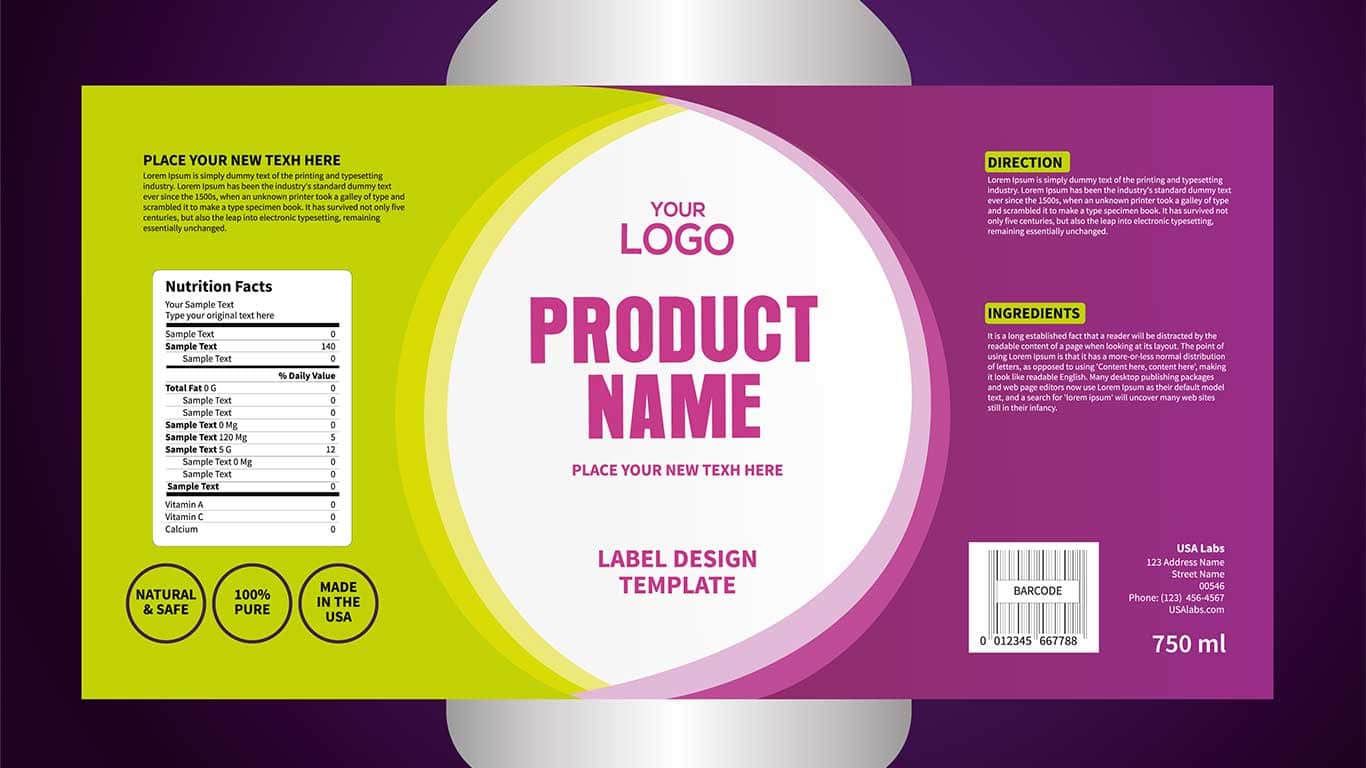Food and beverage manufacturing is a global endeavor. Products may be manufactured in one facility, but the ingredients going into said products most likely come from around the world, and eventually finished products will end up back in the global marketplace. The nature of a global food supply chain dictates the need for inspection, quality control and safety protocols. The challenge that food and beverage processors face is the need to comply with not only their local regulations around food safety, but also those of the countries to which they sell to. Therefore, food safety management – including product traceability – begins with the suppliers and from the fields where the foods are grown; to the pesticides and fertilizers used; to harvesting, washing, shipping, storing, and processing (manufacturers); and finally, to packaging and delivery to consumers. This is what the industry calls collectively a Food Safety Management Plan. In addition to the demands of business partners, regulators, and wholesalers, food and beverage processors need to take into consideration the demands of the consumer. Consumers all over the worlds expect their food products to be affordable, consistent, safe and unadulterated. News of food recalls, food fraud, and foodborne illness circulate the news and are further shared on social media channels making such news widely spread, which shakes consumers’ confidence in the food and beverage manufacturing industry. With global growth in the food and beverage industry, increased globalization, and the advancement of technology, it is now smarter, more cost-effective, and absolutely necessary to invest in productivity and traceability when it comes to the management of food safety data in the industry. Any food and beverage company’s competitiveness on a global scale will greatly depend on its ability to provide quality products, traceability of ingredients, real-time transparent data on its operations and logistics, and documentation proving its legitimacy in the supply chain. The good news is Laboratory Information Management System (LIMS) software have advanced incredibly over the last decade to now provide specialized tools tailored to the needs of food and beverage processors that allows for the virtual management of food safety data compatible with major global languages, regulations, and market needs.
An effective Food Safety Management Plan focuses on a preventive approach rather than a reactive response to food safety concerns and foodborne illness outbreaks. To be prevention-ready, traceability – the complete understanding and tracking of the complex food chain – and conducting quality and safety testing at the key control points that can introduce contamination, is a necessary investment every food and beverage manufacturer will have to make now or in the future. It is necessary to track the source of all raw ingredients that make up a final product, as well as the details of where they are sourced from. These elements are especially important because each region of the world has different approved testing methods and is challenged with different potential contaminants and processes. As a result, food and beverage manufacturers must manage a significant amount of information on all raw materials that they receive, along with the associated paperwork (ex. Certificates of Analysis, Certificates of Authenticity, Country of Origin, etc.); other confirmatory test data; and all plant, production and final product test data. Many small and medium food and beverage processors work with such demands in fragmented ways; utilizing manual tools and unidimensional sheets or logs that make connectivity and reporting impossible. These systems are often costly, especially from a resource standpoint (i.e., data errors, hours spent interacting with the data for calculations, tracking samples, and manual report creation alone). In addition, creating reports for regulatory authorities or business partners can be time-consuming. Furthermore, because there is no control over changes to the traditional tools used such as Excel sheets or logbooks (meaning data is not in a database), there is typically no audit trail, and querying the data can be very difficult. Laboratory Information Management Systems (LIMSs) provide a solution to all of these issues. In fact, a quality LIMS software will ensure that the food and beverage processor is equipped when it comes time for regulatory audits with a fully traceable system mapping the company’s Food Safety Management Plan from start to finish, and provides a complete and secure solution to managing, tracking and monitoring batches of product from farm to table. With advancements in technology and targeted industry input, LIMS not only helps food and beverage manufacturers manage their regulatory compliance goals, but it also facilitates communication across the organization and provides laboratory intelligence that gives company buyers insight into the best suppliers to purchase from, based on final product specification, consistency and pricing all in one place in real-time data. Quality Control and Food Safety Managers can also better understand when it is time to outsource testing based on workload data, allowing them to maximize their resources and profitably through more efficient operations. LIMS also accelerates communication. As soon as testing is completed, reports can be automatically emailed and alerts sent to mobile phones, if any issues arise.
In developing a Food Safety Management Plan, great consideration is given to cost-effective compliance with common standards, such as Hazard Analysis and Critical Control Points (HACCP). While HACCP has been around for several decades, the Food Safety Modernization Act (FSMA), which became US law in 2011, made adopting this more rigorous methodology mandatory for a much broader group of food and beverage processors and adopted by regulators beyond the USA in global markets as a standard of quality and safety. For companies and their suppliers that are directly affected by the FDA FSMA or comparable international regulations, such as the China Food Safety Law or the European Smarter Rules for Safer Food it is important to be certified to a recognized GFSI standard (for example, FSSC 22000, BRC) to ensure continued compliance.
It is important to note, however, that adherence to HACCP requirements can be extraordinarily labor-intensive without a highly integrated, paperless system to manage all the food safety data required and produced in a HACCP system. Because HACCP addresses the analysis and control of biological, chemical, and physical hazards from raw material production, procurement, and handling to manufacturing, distribution, and consumption of the finished product, implementing a preventative control plan is cumbersome. It requires discipline and strict adherence to policies and procedures. HACCP has seven principles, one of which is the need to establish recordkeeping procedures. Because LIMS is entirely paperless, recordkeeping procedures are much more efficient. All data going in and out of the LIMS are automatically recorded digitally, making both internal and external audits related to HACCP or other regulatory reviews accurate and reliable. Transitioning from a manual, paper-based system (as HACCP tends to be) to one that automates nearly all data collection enables food and beverage processors to easily ensure consistent quality, product safety, and industry compliance.
Free E-Book
How Can Food Producers Strategize for Industry 4.0? Learn how to build a foundation that supports change and spurs growth!
In addition to food safety management data and traceability, LIMS software offer unique solutions to the automation of laboratory testing data and reporting which are activities typically outsourced by food and beverage manufacturers. For food and beverage processors that outsource their analytical testing to third party laboratories, LIMS can facilitate overall laboratory organization, from sample management to test data to final reporting and disposal, and be integrated with food and beverage company’s LIMS software to expedite the process of data sharing and reporting allowing Quality Control and Food Safety Managers to manage and track samples that have been subcontracted to other laboratories (i.e., for testing capabilities that do not exist internally). Once the subcontracted data is submitted back to the laboratory in an electronic format, it can be directly imported into the LIMS, and all data related to the sample is stored in a single, secure database. This not only makes accessing, tracking and maintaining food safety data much easier, it offers a level of data security and authenticity necessary to be competitive in a global food and beverage marketplace.
It can be concluded from the aforementioned examples that utilizing LIMS is a cost-effective, productive, and secure solution to managing food safety data in a food and beverage processing facility, allowing more time to be spent on by staff on being efficient and proactive in their monitoring and control of critical control points in the production process.




